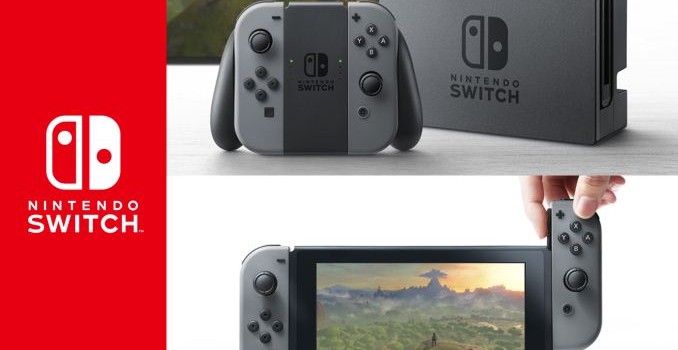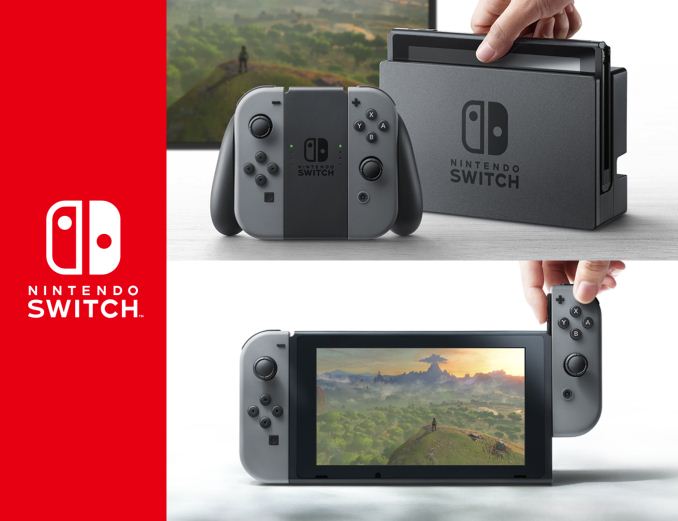Playing With Power: A Look At Nintendo Switch Power Consumption
Last week was of course the launch of Nintendo’s eagerly anticipated Switch console. The company’s latest handheld console, the Switch is a bit of an odd duck in pretty much every way. It departs from Nintendo’s traditional and well-established clamshell design in favor of a larger tablet, and under the hood Nintendo has stepped away from their typical highly-custom low-power SoC in favor of a rather powerful Tegra design from NVIDIA. Given that the 3DS was essentially an ARMv6 + OpenGL ES 1.x device, I can’t overstate just how significant of a jump this is under the hood in going to the ARMv8 + OpenGL ES 3.2/Vulkan class Tegra SoC. Nintendo has essentially jumped forward 10 years in mobile technology in a single generation.
Playing with a launch-day Switch a bit, there's not much testing we can do since the console is so locked down. But one area where I've had some success is on power consumption testing. This is also an area where the Switch is a bit of an odd duck, leading to some confusion around the Web judging from some of the comment posts I’ve seen elsewhere. USB Type-C has been shipping in devices for a couple of years now, so it’s hardly a new standard, but given the slow upgrade cycle of PCs and smartphones it still isn’t an interface that the majority of consumers out there have dealt with. Furthermore due to its use case as a game console, the Switch is unlike any other USB Type-C device out there (more on this in a second). So I opted to spend some time profiling the device’s power consumption, in order to shed some light on what to expect.


